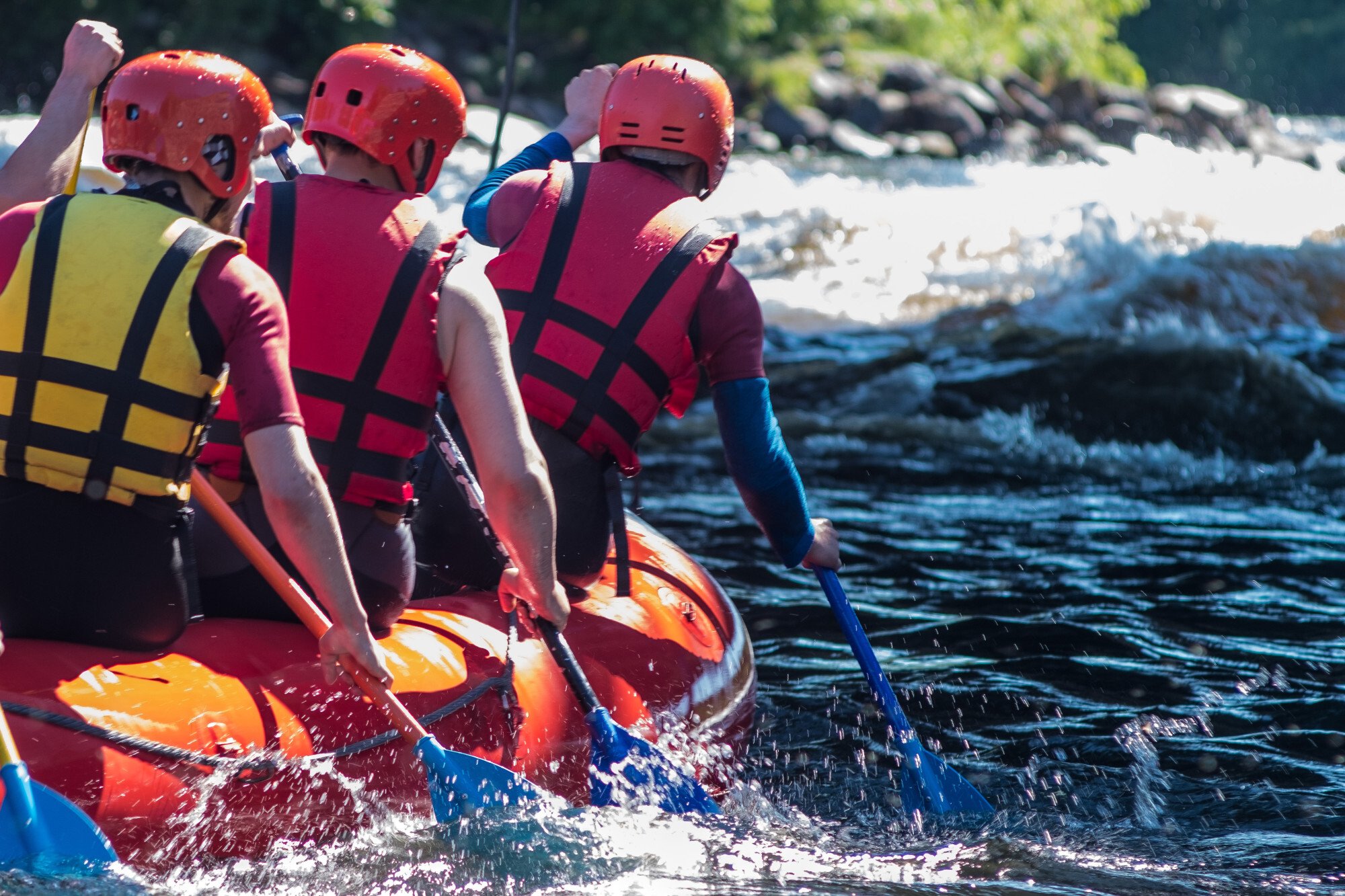Tips For River Rafting

If you are considering going river rafting, here are some important tips. You'll need to wear proper footwear. If you're unfamiliar with river rafting, get some guidance from the guide. Personal flotation devices protect you in the event that you lose control of your raft. Wear them on all the time and make sure they're tight enough. Your floatation device should fit properly without restricting your breathing. It's also helpful to wear polarized sunglasses to avoid glare and improve your visibility. Finally, wear polarized socks to keep your toes dry.
You may want to use a "sleeper" (rock under the water) on difficult rapids. Inexperienced rafters should scout the river before choosing a section. The sleeper will protect you from large waves and the swimmer will have an easier time navigating it. The river water can also pour over ledges, rocks, and staircases. To keep the boat stable, the guide will provide some tips and tricks to avoid accidents.
Women can create a safe space for one another on a river rafting adventure. By doing so, they create a safe space for each other and share a deep, healing laugh. By participating in a river rafting activity, you can be a role model for your daughters. If you want to become an expert rafter, learn to use a paddle. It will be your guide and steering mechanism on the raft. If you are looking for a cool place for rafting adventures, then consider the white water rafting Missoula.
Most rapids rides have a lift hill or conveyor belt for the raft. This allows the ride to last a long time. At the end of the ride, you'll return to the level of the river ride station. Generally, you'll be sitting in the middle of the raft with two or three other riders. A lap belt will secure you to your raft. Some rafts also have a circular metal bar in the middle to hold onto.
Advanced whitewater is generally harder and more challenging. The class III rapids will appear white due to the bubbles, but will require considerable maneuvering on the raft. Experts should be prepared for some waves and complex river features. The raft should be able to handle Class V rapids. Experts should be able to navigate Class V and IV whitewater. You should be at least 16 years old to safely go through these classes.
While beginners should stick to the slower and calmer rivers, more experienced rafters should go for missoula rafting whitewater. The latter is more difficult and is appropriate for beginners and those with some experience. Whitewater is more unpredictable and has higher waves. It requires precise maneuvering and strong strokes. A raft that collides with a rock is likely to become sideways, which creates an upward pressure in the water. Taking into account the position of fellow rafters is important.
A class V rapid requires advanced rafting skills and is best avoided for those who are not confident in their abilities. Those who wish to experience the hardest rapids should only go rafting with a group of people. During class VI rapids, huge rocks, and substantial drops are present. The risk is high and you should follow all safety precautions. You should be aware of the dangers involved in river rafting and avoid them at all costs. For a general overview of this topic, click here: https://www.encyclopedia.com/humanities/encyclopedias-almanacs-transcripts-and-maps/whitewater-sports.
